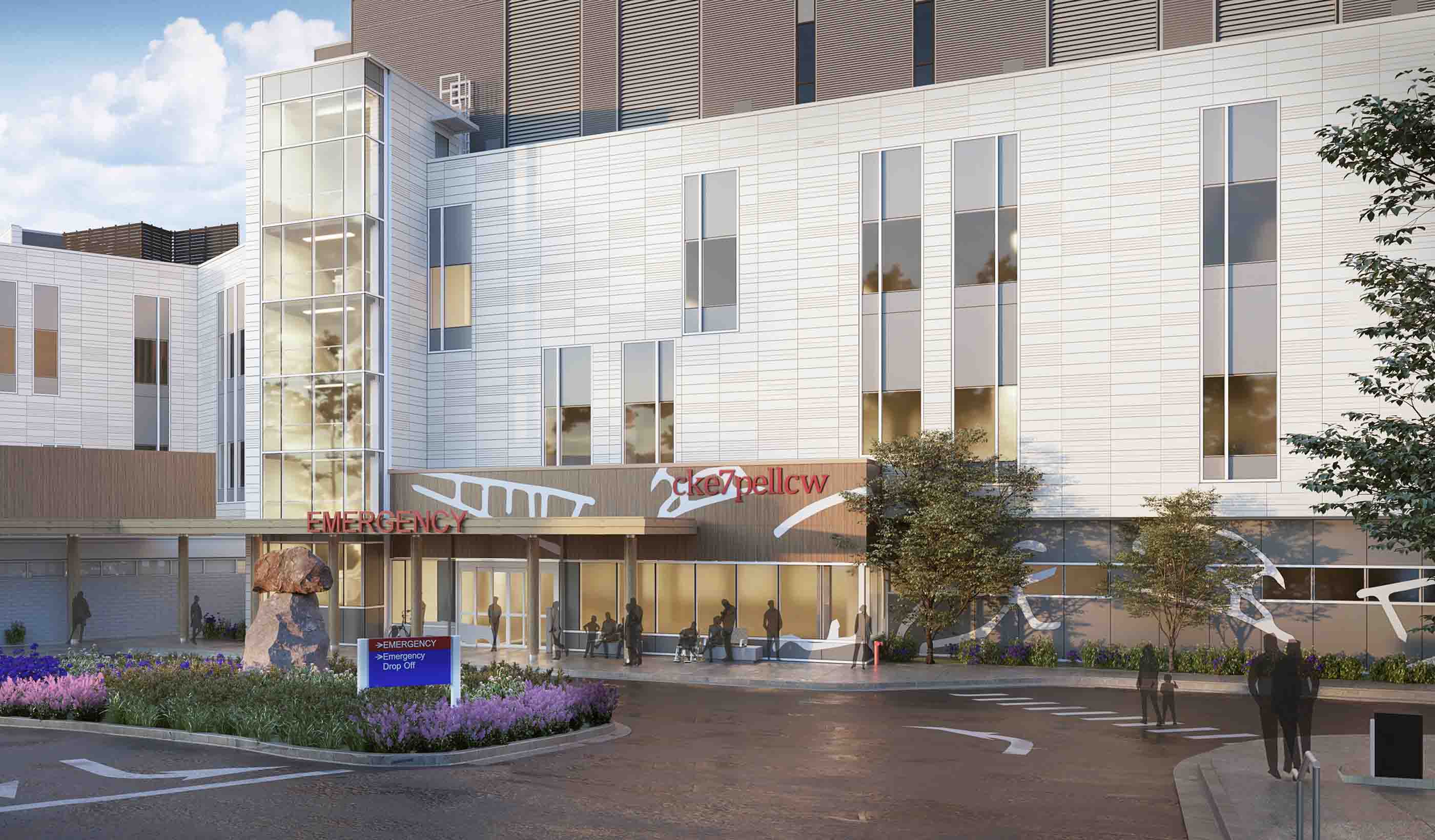Why progressive design-build is gaining traction in Canada
June 19, 2024
June 19, 2024
Infrastructure owners are dealing with shifting market realities. Progressive design-build project delivery might help.
Large projects are complex. When construction on a major project breaks ground, many problems can crop up: material shortages, shipping delays, workforce issues, bad weather, and more. Getting projects delivered on time and on budget is top of mind for nearly every infrastructure owner. But as major projects continue to increase in cost and complexity, how should owners adapt?
While there’s no definitive way to predict and plan for poor weather or material shortages, there are many ways to help the successful delivery of a complex project. Choosing the right delivery method for your project is one of the most important steps. Project delivery falls into two main categories—they are traditional or progressive. There are benefits and drawbacks to each. Progressive delivery has emerged as an approach worth exploring.

Progressive design-build is used on a variety of projects, including major infrastructure projects. Our Stantec team is helping several clients with large transit projects using that delivery method.
The main driver in this shift has been changing market realities. Projects on average are costing more and taking more time to complete. According to a recent report by HKA, a leading consultancy in risk mitigation, construction projects globally have seen a major increase in cost and schedule overruns; with disputed costs averaging $100 million. This is more than a third of these projects’ original budgets. Canada hasn’t experienced the same level of cost and schedule overruns as has happened elsewhere. But it does happen, and they are significant. Disputed costs in Canada have averaged a fifth of the original budget. That’s no number to scoff at.
Progressive delivery gives owners a new tactic to combat costly overruns. It allows owners and design-builders to work together through every step of a project. And it encourages collaboration, which provides many benefits over traditional methods. These are the three main forms of traditional project delivery: design-bid-build, design-build, and public-private partnership. These methods have given owners some certainty on design, project costs, and timeline. But we’re in a market where those benefits are harder to realize. Thus, progressive delivery offers great value.
Progressive design-build enhances aspects of traditional delivery that may not be right for certain projects. The main difference is the design-build team is engaged early in the process. They work together to establish the design. In contrast, traditional contracts involve bringing in the contractor after the design is developed by a design consultant. Typically, when an infrastructure owner wants to kick off a construction project, they will first engage a designer to help create an initial design for the project. Then, once the design is complete, they open the project up for bidding from contractors and developers. Once a contractor is selected, the project moves into construction.
To start a progressive design-build model, owners first select a design-builder. This is the general contractor who contracts the design consultants. Once a design-builder is selected, they deliver the entire project in two phases. Phase one, also called the development phase, includes preconstruction services where the design-builder and owner work together on design, scheduling, and cost.

Cariboo Memorial Hospital in British Columbia, which is utilizing the progressive design-build process. Stantec is part of the design-build team.
Once the design and preconstruction services are complete and the commercial terms (cost and schedule) are agreed upon, the project moves into phase two. The second phase, referred to as the implementation phase, usually includes the final design (if not completed during phase one), construction, testing, and commissioning. If the involved parties fail to reach an agreement on the commercial terms, the owner reserves the right to enact an “off-ramp” option and terminate the contract. This enables owners to utilize the design from the original design-builder while moving the project forward through another procurement strategy.
The key difference between traditional and progressive project delivery is that collaboration takes place at the start of the project with the progressive approach. The owner works with the same design-builder throughout the process, rather than hiring individual parties for each stage of the project. This has proved to be a much more reliable approach amidst unstable market conditions.
While progressive design-build contracts have many benefits, they also come with challenges. For instance, it's not uncommon for project teams to have trouble in initial collaboration on a first-time contract. We typically see this when project teams have experienced difficult contract environments, resulting in them taking an “us vs. them” mentality. This runs contrary to the main purpose of progressive design-build and often leads to initial friction. Projects delivered with traditional methods often have systems in place for dispute resolution. In contrast, progressive delivery contracts aim to prevent disputes from occurring and focus on resolving any issues collaboratively. So, if a dispute does arise, owners may find that easier to navigate within traditional methods.
Progressive delivery gives owners a new tactic to combat costly overruns. It allows owners and design-builders to work together through every step of a project.
We’ve talked about progressive design-build’s ability to foster better collaboration, but what does that look like in practice? On the Scarborough Subway Extension project in Ontario, this meant arranging the project delivery team in a shared workspace. This includes shared meeting and breakout rooms, a SharePoint workspace, a joint social committee, and staff training. For many, it was a wildly different approach. But it helped improve communication and team efficiency while providing better opportunities for staff to learn and develop.
The Canadian infrastructure market sits at a crucial crossroads. The industry has seen an increase in labor shortages, rising material costs, and supply chain disruptions. It makes complex construction projects more challenging. These factors, along with a growing emphasis on sustainability, have forced infrastructure owners to rethink how they approach project delivery. For some contractors, heightened risk is making them reluctant to bid on projects. That impedes progress on key public infrastructure projects. Simply put, traditional methods are just not keeping up. To meet the demand for new infrastructure across the country, strategies must evolve. Solutions that promote sustainability and offer less risk are critical in this adaptation process.

The Stuart Lake Hospital Replacement project in British Columbia. Stantec is the designer on the project, which is using progressive design-build.
We’re already seeing progressive design-build used on some of Canada’s largest high-risk transportation and healthcare projects. As an example, our team has been working with Metrolinx and Infrastructure Ontario to provide program control services for some of Ontario’s largest transit projects. We have used progressive-design build across multiple contracts. This includes projects like the Scarborough Subway Extension Stations, Rail, and Systems mentioned above. It’s the first major transit project in Ontario that used the progressive design-build model.
The Eglinton Crosstown West Extension Stations, Rail, and Systems project in Ontario is also using progressive design-build. It will extend the Eglinton Crosstown LRT from Mount Dennis to Renforth Drive. Two main work packages for the Ontario Line—the Pape Tunnel and Underground Stations and the Elevated Guideway and Stations—will be delivered using the progressive design-build process. The project involves the construction of a 15-kilometre rapid transit line connecting the Ontario Science Centre to Ontario Place.
As we see more infrastructure owners look to explore alternative project delivery methods, we expect progressive design-build to gain more traction. Its ability to address the challenges many projects are facing head-on makes it an invaluable tool. It helps foster collaboration, lowers risk, and helps projects stay focused. Today’s market prioritizes project certainty. So, limiting cost and schedule overruns is crucial to project success.